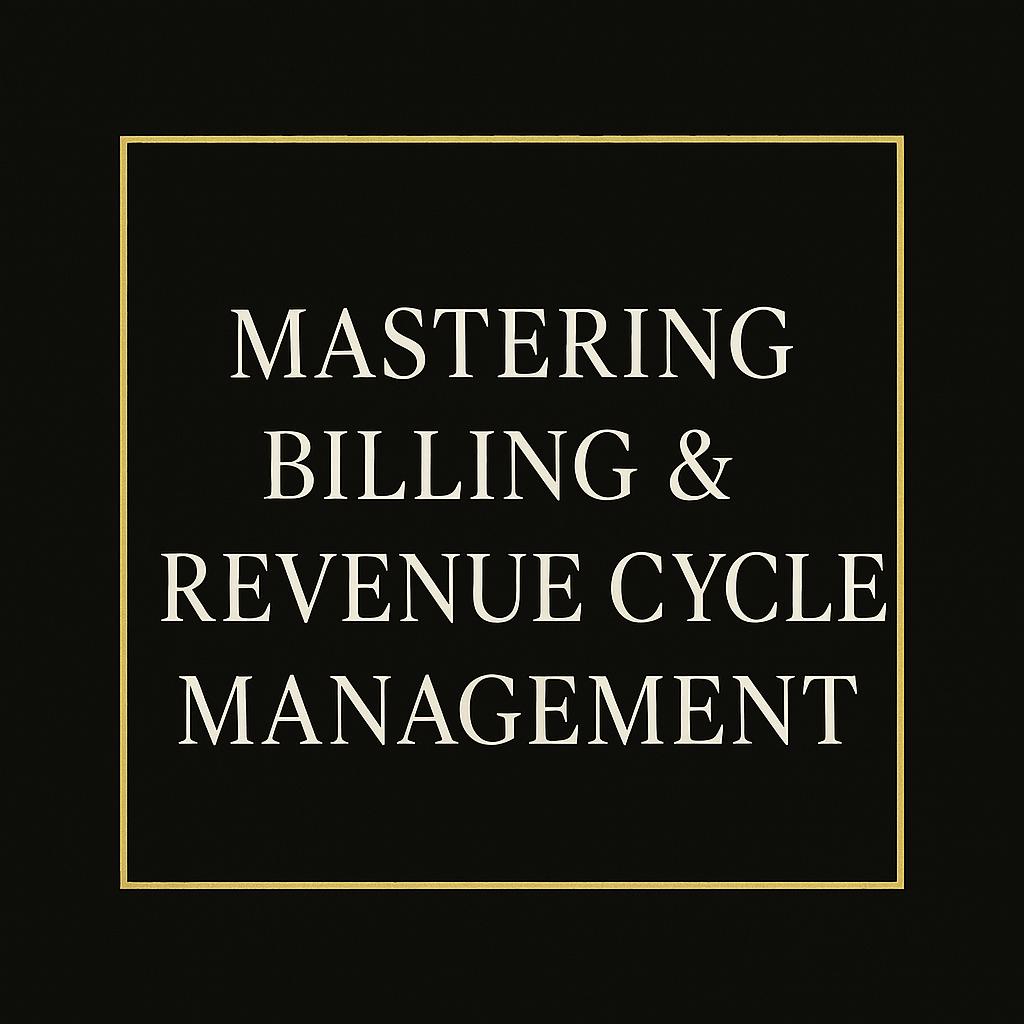Your cart is currently empty!
For private practices managing in-office infusion suites, navigating billing challenges is more than a task—it’s a mission-critical element for keeping your cash flow healthy. Whether you’re dealing with partial infusions, claim denials, or follow-up delays, streamlining your revenue cycle can make all the difference.
The Challenge
Many practices face obstacles like:
• Partial Infusions & Reaction Billing: When an infusion is halted due to a patient reaction, the complexity of billing for the administered dose versus the wasted medication can be a real headache.
• Delayed or Denied Claims: Without a proactive follow-up system, claims can languish, affecting cash flow.
• Manual Processes: Relying on outdated systems or manual chart reviews increases the risk of error and inefficiency.

Best Practices to Overcome Billing Challenges
- Document Everything, Right from the Start
• Thorough Charting: Ensure that all aspects of the infusion—start and stop times, administered doses, interventions for reactions—are clearly documented. This not only helps in billing the correct amount but also supports your claim if issues arise.
• Use Standardized Forms: Implement benefits verification forms and infusion checklists that include all necessary details. - Implement a Robust Follow-Up System
• Track Claims Diligently: Set aside time weekly to review claims submitted 14-30 days prior. Early identification of denials or errors allows you to act before the claim falls off your aging report.
• Automate Where Possible: Utilize EHR or billing software that flags potential issues and sends reminders for follow-up actions. - Leverage Modifiers and Accurate Codes
• Partial Infusion Billing: When an infusion is stopped due to a reaction, bill for the actual amount administered. Use appropriate modifiers (like the JW modifier) for any wasted medication.
• Correct ICD-10 Codes: Ensure that you’re using the proper diagnosis codes to document adverse reactions. This provides the necessary context for the payer and reduces the risk of claim denials. - Train Your Team
• Regular Training: Hold periodic training sessions to keep your staff updated on billing procedures and any changes in payer requirements.
• Standard Operating Procedures (SOPs): Develop and distribute clear SOPs that outline step-by-step processes for handling complex billing situations.
Real-World Scenario
Imagine a patient scheduled for a Remicade infusion who develops a reaction 15 minutes into the treatment. Your team halts the infusion and administers IV Benadryl while documenting every minute detail—from the exact time the reaction started to the intervention steps taken. With these details, you:
• Bill the infusion for the amount actually administered.
• Apply the JW modifier to denote any unused medication.
• Submit accurate ICD-10 codes for the adverse reaction.
• Follow up on the claim within the 14-30 day window to catch any issues early.
Final Thoughts
Effective billing and revenue cycle management isn’t just about preventing cash flow problems—it’s about ensuring that every ounce of work is recognized and reimbursed. By focusing on meticulous documentation, proactive follow-up, and team training, your infusion suite can overcome these challenges and set a new standard for financial efficiency.


Leave a Reply